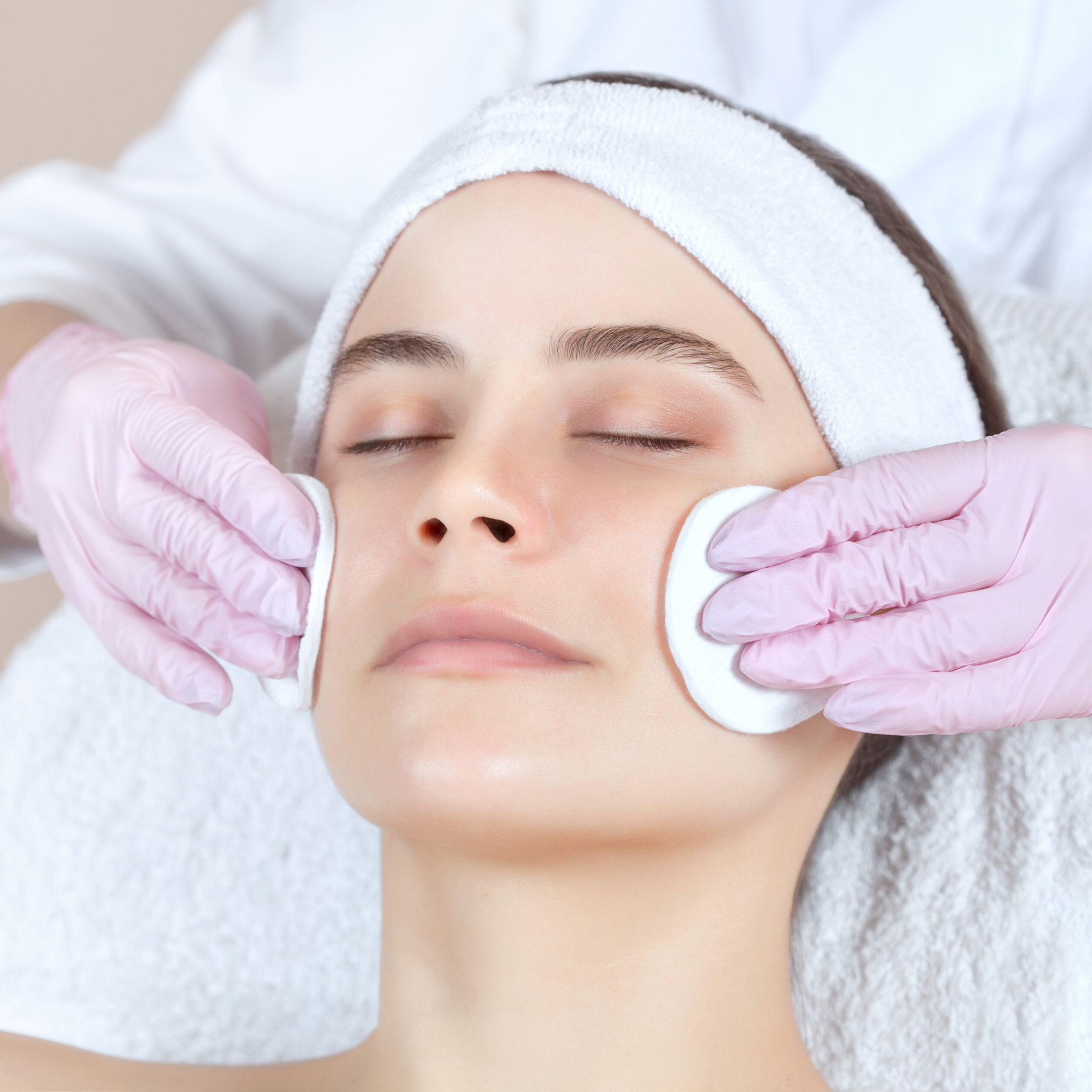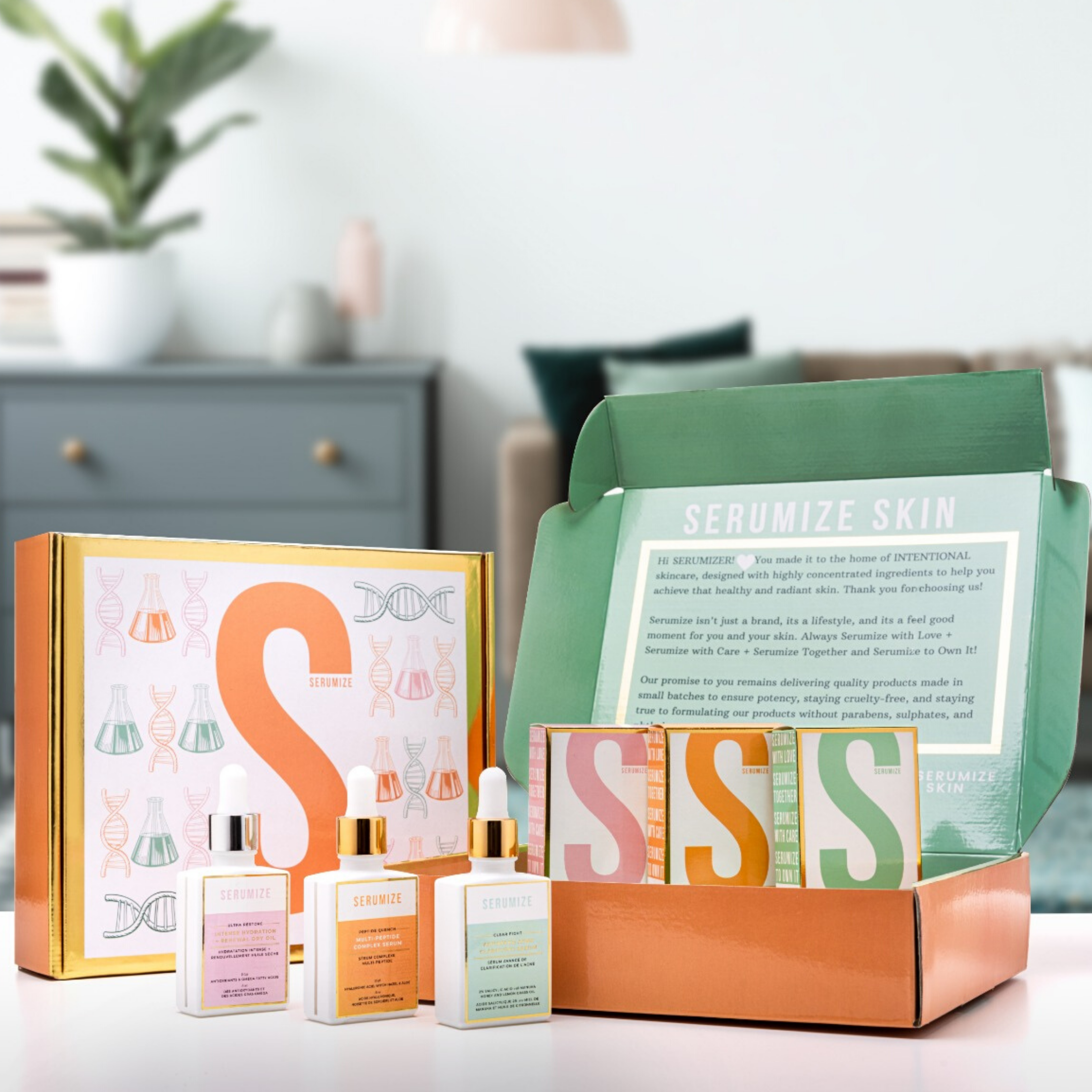Skin purging is a phenomenon that happens with people who have breakout-prone skin. It means that right after they start using a leave on exfoliant or some other product, their skin will seem to react by breaking out more. The theory is that such products “purge” the skin from clogs that form and get stuck deep in the pore, pushing them quickly to the surface. You might see a fresh crop of dots overnight but eventually the improvement tapers off and you start to see the good results from the product. Some say that skin purging is when someone’s skin starts to get worse right before it gets better. Here we explain everything you need to know about this phenomenon.
What causes skin purging?
Skin purging can happen when you use a chemical exfoliant to remove the gunk in pores and speed up cell turnover. This will make clogs come to the surface faster. A similar effect can happen with other treatments such as retinoids that may cause purging due to the way they effect how skin cells move from the lower layers to the surface.
Salicylic acid (also known as BHA) is the chemical exfoliant most associated with this phenomenon because it penetrates into pores, breaking apart clumps of skin cells. It also thins the thick, sticky oil (sebum) buildup inside to reduce the size of clogs residing deeper in skin. Salicylic acid can improve the shape of your pore lining and as the shape is normalized, any backed up, small clogs will then surface as new clogged pores (blackheads or white bumps).
Most clogs make their way to the surface as open comedones (blackheads) or closed comedones (whiteheads), both of which are acne. These types of acne are mostly painless and don't cause inflammation. Left untreated, comedones can lead to more painful acne bumps, but don't worry - they're easy to treat by using a product like a chemical exfoliant like BHA. With continued use, BHA steadily eliminates the clogged bumps and helps clear the skin.
We want to point out that what you see may not actually be skin purging. Sometimes you can be starting a new product at the same time as other breakouts. This is especially true for those who start using new products around the time of their menstrual cycle when breakouts are more common.
How to tell the difference between breakouts and skin purging?
The best way to tell the difference between a skin purge and a regular breakout is timing. There shouldn’t be worsening acne when starting a product that is meant to help with skin, whereas this is exactly what happens with skin purging.
Dermatologists recommends sticking with a product that is known to cause purging but not breakouts, such as a leave-on exfoliant that contains 1–2% salicylic acid. Acne can be a frustrating condition to manage. It tends to take time before it’s clear whether or not the chosen treatment will work. If you are not seeing improvement, or your acne is getting worse, try adding over-the-counter or prescription acne medication to your regimen.
Does skin purging have to happen?
Some people don’t experience skin purging when they incorporate the use of medicine in their treatment plan. The saying “your skin has to get worse before it gets better” isn’t always true. Why purging happens to some people and not others remains a mystery, just like how some people experience comedones but not the red, swollen pimples and papules characteristic of inflammatory acne.
It's normal for your skin to briefly 'purge' or look worse when you first use an exfoliant or retinoids, particularly if it's the first time you're using them. We recommend sticking with them for 2 weeks so your skin can get through this stage. Otherwise, you’ll be losing out on all the wonderful benefits these kinds of formulations can provide.
More to the point, what you might see on skin’s surface likely would’ve shown up eventually, or simply would’ve remained deep in the pore, keeping it clogged and enlarged, possibly becoming cystic acne. It’s actually good to see all this movement, despite the initial distress it causes.
What if I’m still breaking out more than usual?
If your acne is still worse a few weeks after you started using a new skincare routine, it may be that the two don't work well together. You may need to try a different skincare product or see your doctor. If your skin isn’t improving as much as you’d like, we recommend that you seek help from a board-certified dermatologist to review your regimen and possibly add prescription-strength medications.
That said, for some people it simply comes down to their skin not responding well to certain ingredients, which may result in an unwanted reaction to skin care products (known as irritant contact dermatitis). If your skin doesn’t seem to be getting through the adjustment period, you may need to quit using the product in question altogether and seek out alternatives. Hopefully we’ve been able to help you today, If you need personalized skincare advice from our skin professionals you can email us at Aesthetician@Serumize.Com



